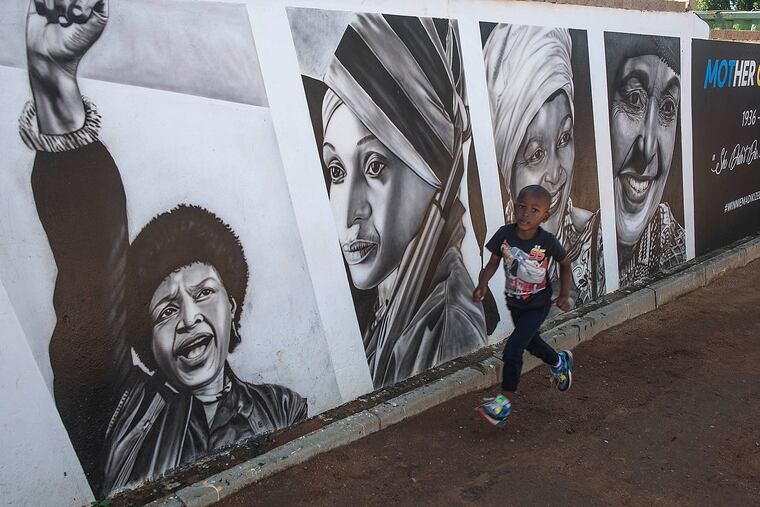Black revolutionary history (that you may not have learned about in school)
On Tuesday, the Museum of the American Revolution will premiere Black History Untold: Revolution, a film screening and panel discussion that focuses on black revolutionary experiences from around the world.
